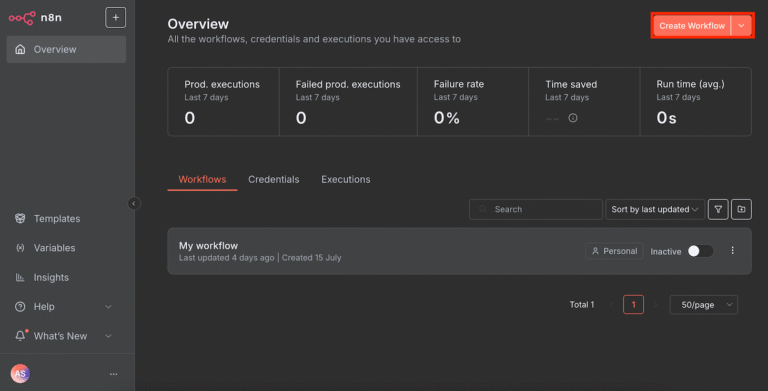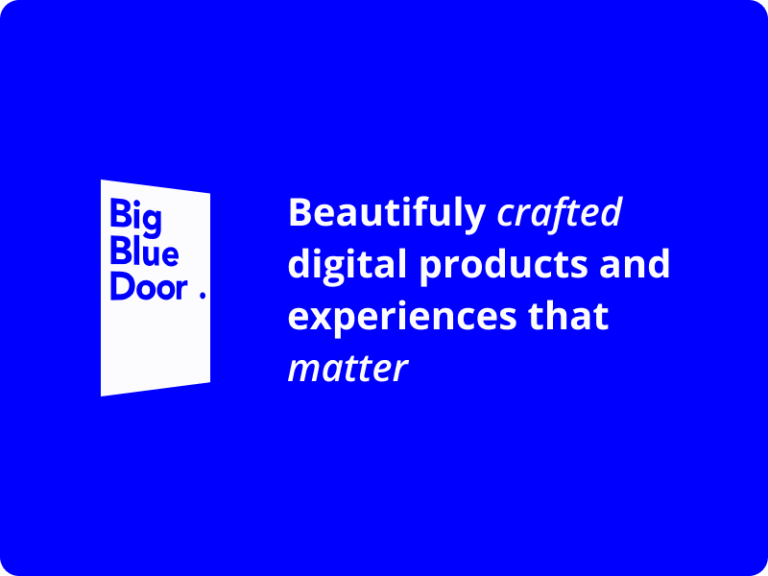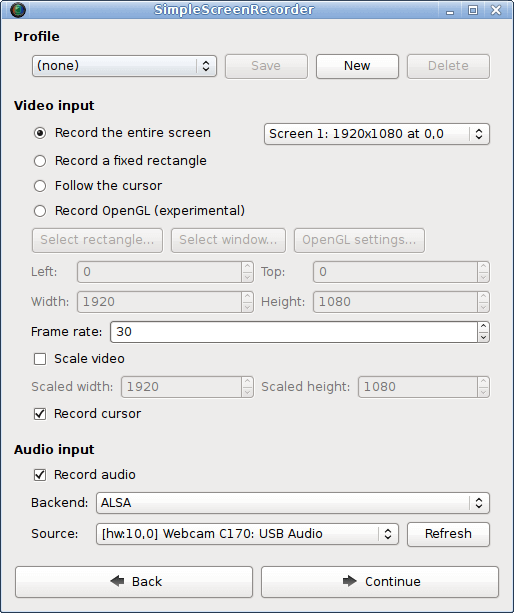
Some of the most common challenges organizations face include:
The CMP market is evolving very rapidly. Traditional IT vendors, such as VMware and BMC, have retooled their platforms to support the cloud, while cloud-native players like CloudKeeper, CloudHealth, Spot.io, and Flexera offer specialized solutions. Meanwhile, hyperscalers like AWS Cost Explorer, GCP Cost Management, Azure Cost Management provide first-party tools.
What is a Cloud Management Platform?
A Cloud Management Platform is a suite of integrated tools that provides visibility, governance, automation, and cost optimization across cloud environments. CMPs sit at the intersection of technology and business, enabling IT, finance, and engineering teams to collaborate effectively.
Cloud Management Platforms are no longer just about keeping bills under control. They are becoming strategic enablers, helping businesses accelerate product delivery, meet compliance mandates, and free up engineering bandwidth for innovation.
- Self-service provisioning and orchestration – empowering teams to launch workloads efficiently.
- Governance and compliance – ensuring policies, security controls, and standards are consistently applied.
- Cost management and optimization – monitoring and visibility, enforcing budgets, enabling chargeback/showback, and optimizing costs.
Cloud complexity is here to stay. But with the right Cloud Management Platform and the right partner, organizations can transform that complexity into a competitive advantage. Whether it’s through unified visibility, smarter cost management, or stronger governance, CMPs ensure that the cloud delivers on its promise of agility and innovation.
Why Enterprises Need CMPs
A well-implemented CMP addresses these issues by offering both technical control and financial transparency.
The Forrester Wave and Gartner Magic Quadrant on CMPs highlight that the winning platforms are those that integrate seamlessly into broader IT operations while driving measurable business outcomes.
- Lack of visibility: Engineering teams see performance metrics, finance sees bills, but few have a single source of truth.
- Cost inefficiencies: Idle resources, oversized VMs, and unclaimed discounts lead to wasted spend.
- Multi-cloud complexity: Each provider has unique billing structures, services, and optimization levers.
- Governance gaps: Policies regarding access, data locality, or compliance are hard to enforce consistently.
- Operational bottlenecks: Without automation, provisioning and scaling workloads can delay innovation.
However, no single solution fits every organization. Enterprises often layer multiple tools: a native provider tool for billing exports, a CMP for governance, and a specialized cost optimization partner like CloudKeeper for savings assurance.
Core Capabilities of a Cloud Management Platform
As workloads diversify into AI/ML, serverless, and edge computing, CMPs will evolve to manage not just infrastructure, but also data pipelines, APIs, and distributed workloads. Cost optimization will remain central, but it will be layered with sustainability goals, carbon footprint monitoring, and AI-driven automation.
1. Unified Visibility
- A single control panel for resources, costs, and performance across AWS, GCP, Azure, and hybrid setups.
- Enables real-time monitoring of utilization and anomalies.
2. Cost Optimization
- Rightsizing recommendations for compute, storage, and networking.
- Automated scheduling of non-production resources.
- Intelligent purchasing of Reserved Instances, Savings Plans, or committed-use discounts.
3. Governance and Compliance
- Policy enforcement to ensure security and regulatory compliance.
- Role-based access controls and audit trails.
- Guardrails for provisioning to avoid shadow IT.
4. Automation and Orchestration
- Self-service provisioning to empower developers without compromising oversight.
- Auto-scaling, patching, and lifecycle management.
- Integration with CI/CD pipelines to align with DevOps workflows.
5. Multi-cloud Flexibility
The Evolving CMP Landscape
The Gartner definition of a CMP highlights three key capabilities:
Here are some best practices organizations should follow when adopting a Cloud Management Platform:
But modern CMPs go beyond these basics. They now integrate with DevOps workflows, support multi-cloud deployments, and provide AI-driven insights to predict costs or recommend resource optimizations.
Best Practices for Adopting a CMP
Cloud adoption is rarely uniform. Teams adopt different services, regions, and architectures at various times, often without centralized oversight. Without a CMP, the result is “cloud sprawl”: underutilized resources, runaway costs, and compliance blind spots.
- Start with visibility – Ensure tagging, project mapping, and cost exports are clean before automating optimization.
- Align stakeholders – Finance, engineering, and compliance teams must all buy into the CMP’s processes.
- Automate gradually – Begin with rightsizing and scheduling; expand into full auto-scaling and provisioning later.
- Balance cost and innovation – Guardrails should enable speed, not create bottlenecks.
- Measure outcomes – Define KPIs (e.g., cost savings, time-to-provision, compliance score) to validate the platform’s value.
Looking Ahead: CMPs as Strategic Enablers
For all enterprises operating in the Cloud, with the promise of agility and efficiency, comes a new challenge: managing sprawling, dynamic, and often unpredictable cloud environments. As organizations adopt multi-cloud or hybrid strategies, the complexity of managing resources, costs, compliance, and security increases greatly. This is where Cloud Management Platforms (CMPs) come in.
While every CMP has its own strengths, the most effective solutions bring together five critical capabilities:
By Aman Aggarwal
Success on the Cloud depends not just on migration or adoption, but on effective management. A Cloud Management Platform is no longer a “nice-to-have”; it is an operational necessity.






